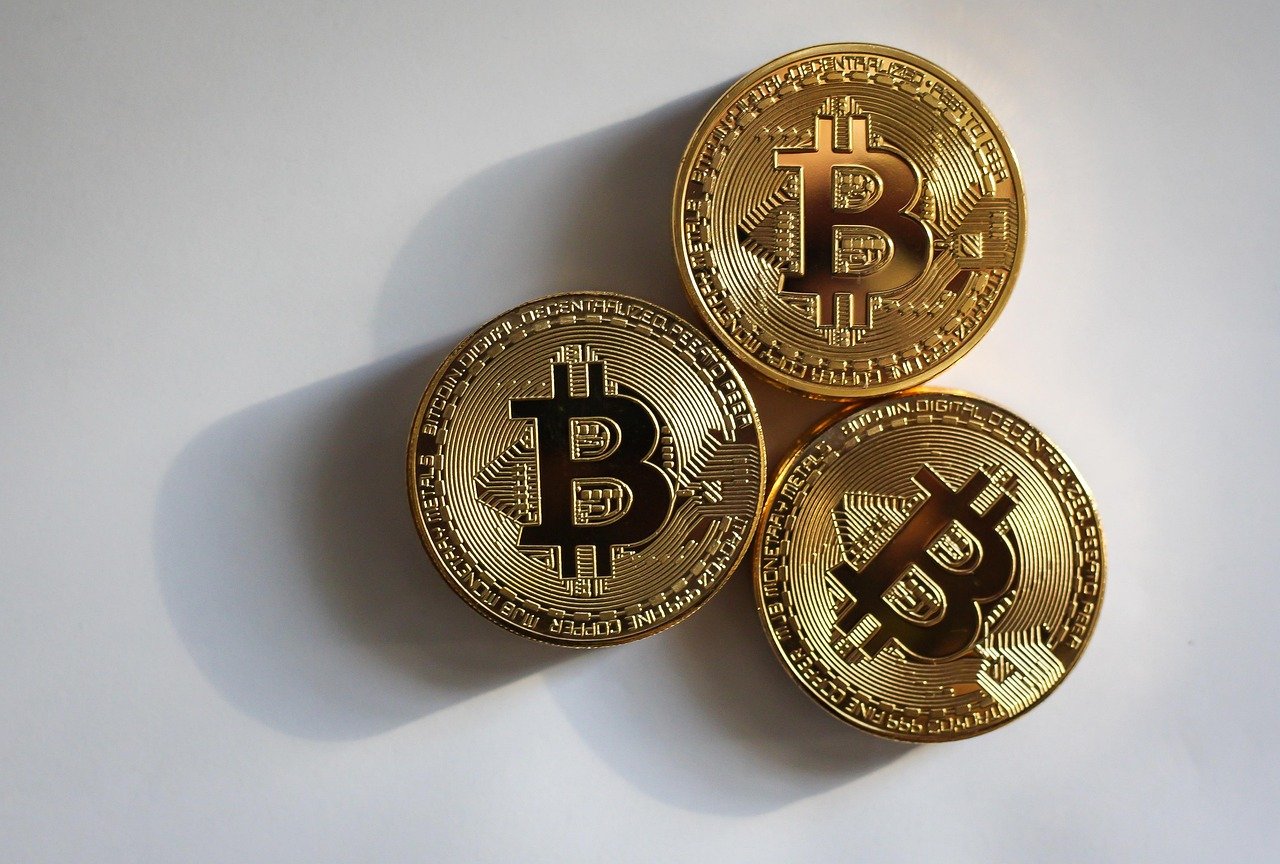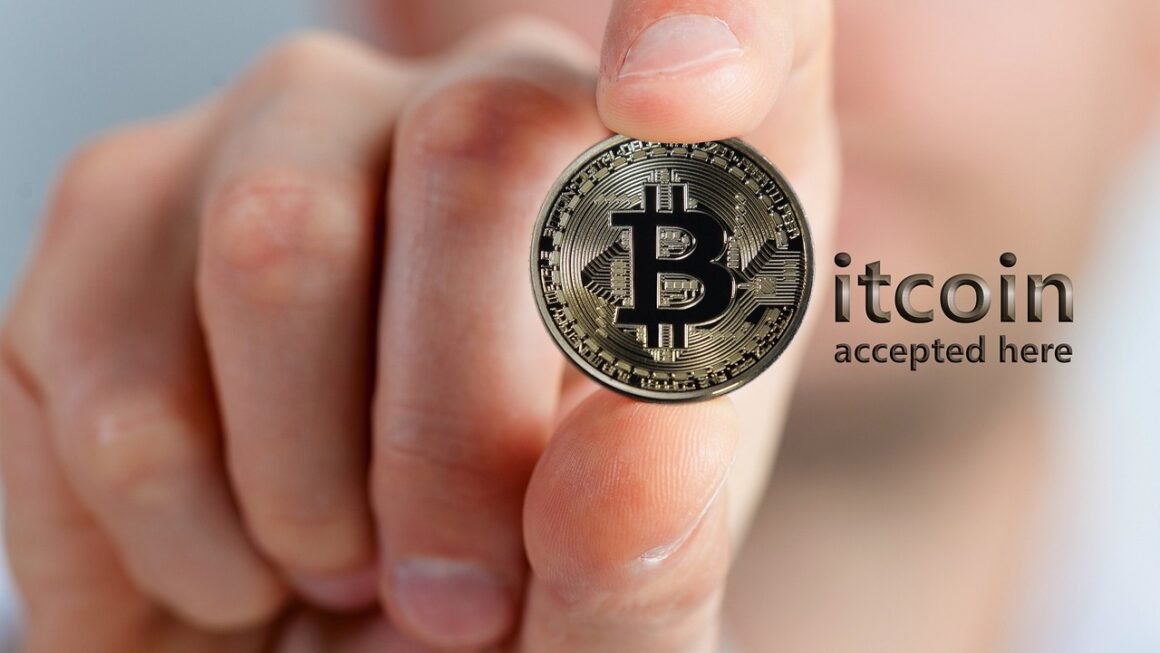Deflationary tokens have emerged as a fascinating and sometimes controversial concept in the world of cryptocurrency. Promising to increase in value through scarcity, these digital assets employ various mechanisms to reduce their circulating supply. But how do they work, and are they a good investment? Let’s dive deep into the world of deflationary tokens, exploring their mechanisms, benefits, risks, and future prospects.
What are Deflationary Tokens?
Understanding the Basics
A deflationary token is a cryptocurrency designed with a built-in mechanism to decrease its total circulating supply over time. This is in contrast to inflationary tokens, like many traditional fiat currencies and some cryptocurrencies, where the supply increases over time through processes like minting or staking rewards. The core idea behind deflationary tokens is to create artificial scarcity, theoretically driving up demand and, consequently, the price of the remaining tokens.
Key Features of Deflationary Tokens
Deflationary tokens typically employ one or more of the following mechanisms to reduce supply:
- Burning: A portion of tokens is permanently removed from circulation, sent to a “burn address” where they can never be accessed again.
- Transaction Fees: A percentage of each transaction is either burned or redistributed to existing holders.
- Buybacks: The project team uses revenue generated from the project to buy back tokens from the open market and then burn them.
- Staking with Burning: Users stake their tokens to earn rewards, and a portion of the staking rewards might be burned, reducing overall supply.
The Goal: Value Appreciation through Scarcity
The primary goal of deflationary tokens is to increase the value of each token held by investors over time. This is based on the economic principle of supply and demand. As the supply decreases and demand remains constant (or increases), the price per token should theoretically rise. This prospect attracts many investors looking for potentially high returns.
How Deflationary Mechanisms Work
Transaction Fees and Token Burning
One of the most common deflationary mechanisms is the implementation of transaction fees. For example, every time someone buys, sells, or transfers a certain deflationary token, a percentage of that transaction is deducted as a fee. This fee is then either burned (permanently destroyed) or redistributed to other token holders as a reward.
- Example: Suppose a token has a 2% transaction fee, with 1% being burned and 1% being redistributed. If someone sends 100 tokens, 2 tokens are deducted. One token is burned, reducing the total supply, and the other token is distributed proportionally to all other token holders based on their holdings.
Buybacks and Burns
Another method used to reduce supply is through buybacks and burns. In this scenario, the project’s team utilizes a portion of the revenue generated (for example, from transaction fees, product sales, or venture capital) to buy back tokens from cryptocurrency exchanges and then burn those purchased tokens.
- Example: A decentralized exchange (DEX) charges trading fees. A percentage of these fees is used to buy back the exchange’s native token on the open market. These bought-back tokens are then sent to a burn address, reducing the total supply and potentially increasing the value of the remaining tokens.
Automatic Liquidity Pools and Deflation
Some projects automatically add liquidity to decentralized exchanges alongside the deflationary mechanisms. This often involves taking a portion of transaction fees and automatically pairing them with another cryptocurrency (e.g., ETH or BNB) in a liquidity pool. This not only provides liquidity but can also indirectly contribute to the deflationary effect by locking away a portion of the circulating supply.
Benefits and Potential Advantages
Potential for Price Appreciation
The most significant perceived benefit of deflationary tokens is the potential for price appreciation due to decreasing supply. If demand remains constant or increases while the supply decreases, the price of each token is expected to rise. This can be very attractive to investors seeking high returns.
Passive Income through Redistribution
Some deflationary tokens redistribute a portion of the transaction fees to holders. This allows holders to earn passive income simply by holding the tokens. This can incentivize long-term holding and reduce selling pressure.
Increased Scarcity and Value Perception
The inherent scarcity created by the deflationary mechanism can increase the perceived value of the token. This scarcity can attract more investors and further drive up demand, creating a positive feedback loop.
Community Engagement and Loyalty
Deflationary mechanisms can create a stronger sense of community and loyalty among holders. Knowing that the token supply is decreasing and that they might receive redistributed tokens can encourage long-term holding and participation in the project’s ecosystem.
Risks and Challenges
Volatility and Market Sentiment
Deflationary tokens are often highly volatile and susceptible to market sentiment. A negative news event or a general downturn in the cryptocurrency market can significantly impact the price, even with the deflationary mechanism in place.
Regulatory Uncertainty
The regulatory landscape surrounding cryptocurrencies, including deflationary tokens, is still evolving. New regulations could impact the functionality or legality of these tokens, creating uncertainty for investors.
Lack of Real-World Utility
Many deflationary tokens lack real-world utility or practical use cases beyond speculative investment. This lack of utility can make them vulnerable to price crashes and unsustainable in the long run. A solid use case is crucial for long-term success.
“Ponzi-Scheme” Concerns
If the primary driver of value is the deflationary mechanism itself, without underlying value or real-world use, there are legitimate concerns that the token might resemble a Ponzi scheme. Early investors might profit at the expense of later investors if demand collapses.
Smart Contract Risks
As with any cryptocurrency project, there’s always a risk of smart contract bugs or vulnerabilities that could lead to the loss of funds. Audits by reputable firms can mitigate this risk, but they cannot eliminate it entirely.
Evaluating Deflationary Tokens: A Practical Approach
Research the Team and Project Goals
Before investing in any deflationary token, thoroughly research the team behind the project and their goals. Look for experienced developers, transparent communication, and a clear roadmap for the project’s future.
Analyze the Tokenomics
Understand the tokenomics of the deflationary token, including the burn rate, distribution mechanism, and total supply. Assess whether the deflationary mechanism is sustainable and beneficial in the long run.
Assess Real-World Utility
Determine if the token has real-world utility or a practical use case beyond speculation. A token with a strong use case is more likely to sustain its value over time.
Review Smart Contract Audits
Check if the smart contract has been audited by reputable firms. A successful audit can provide greater confidence in the security and reliability of the token.
Consider Market Liquidity
Evaluate the liquidity of the token on cryptocurrency exchanges. High liquidity can make it easier to buy and sell the token without significantly impacting the price.
Stay Informed and Monitor the Project
Continuously monitor the project’s progress and stay informed about any news or updates that could impact the token’s value.
Conclusion
Deflationary tokens offer an intriguing approach to cryptocurrency design, aiming to increase value through scarcity. While they present the potential for significant returns and passive income, they also carry inherent risks such as volatility, regulatory uncertainty, and the potential for “Ponzi-scheme” characteristics. Before investing, thorough research, critical evaluation of the tokenomics and real-world utility, and an understanding of the associated risks are essential. Like any investment, only invest what you can afford to lose and diversify your portfolio.



